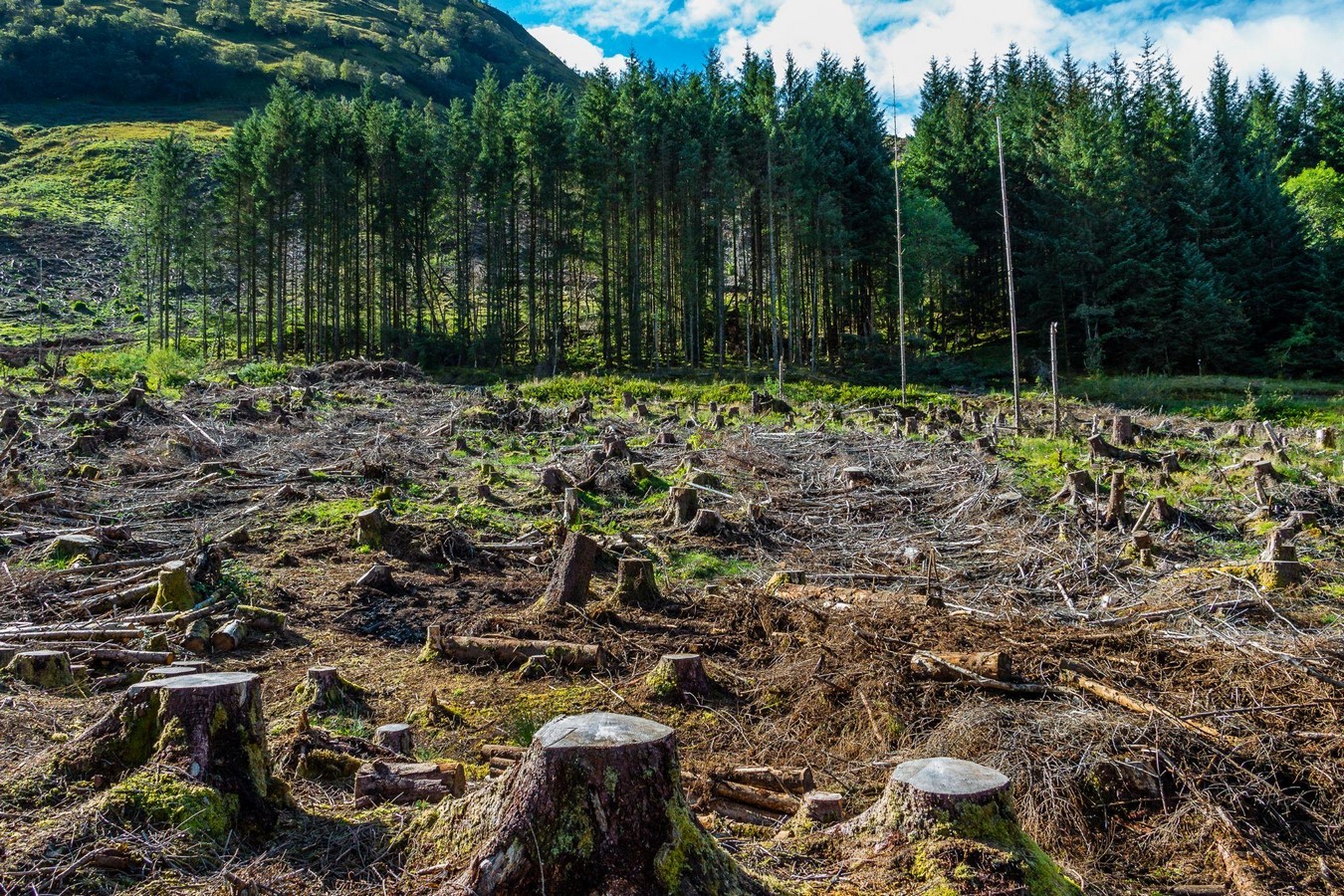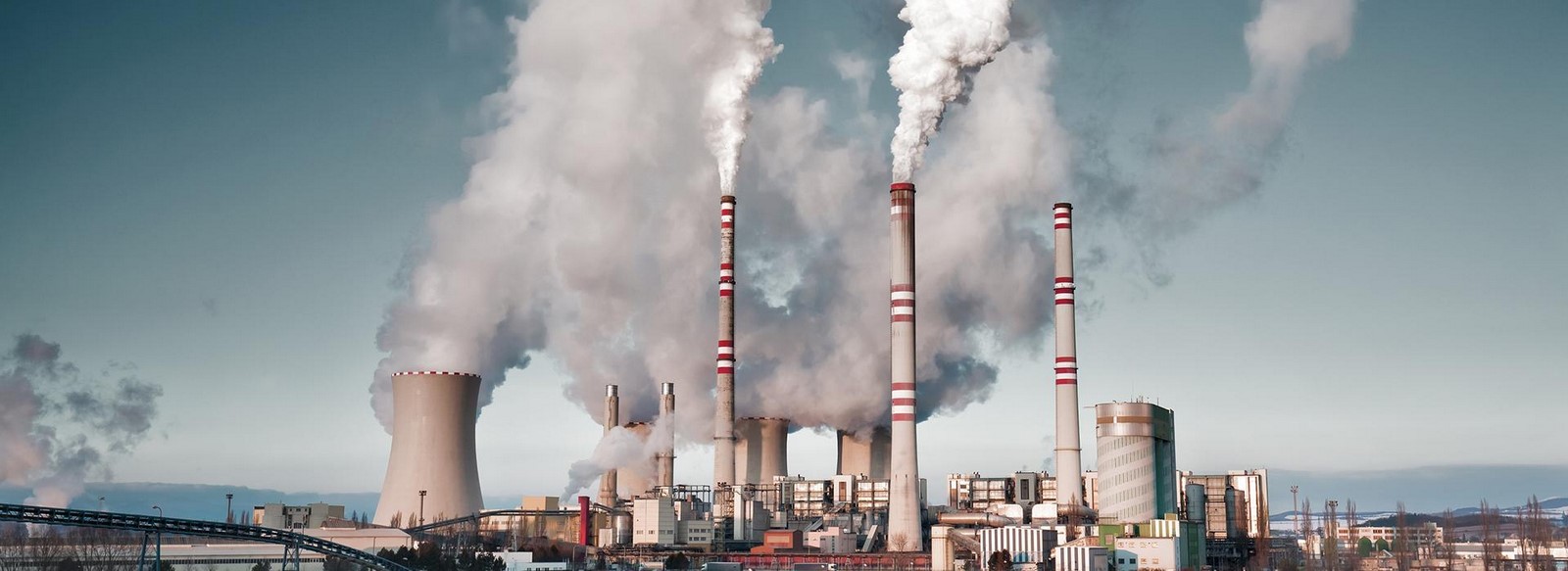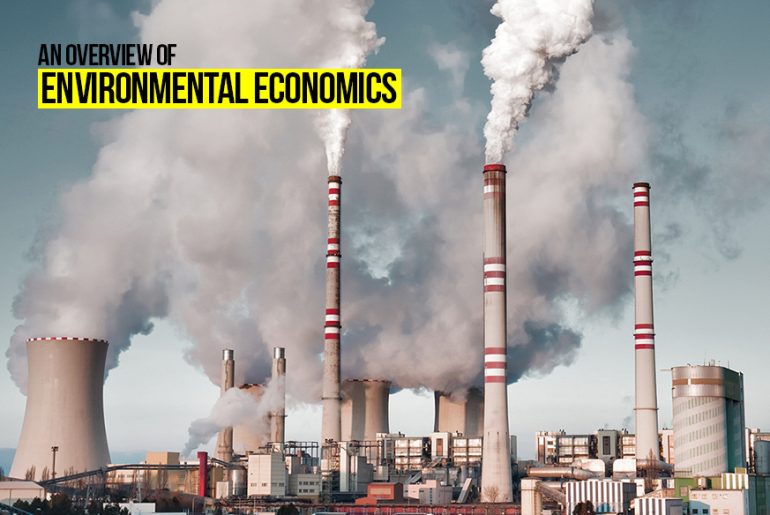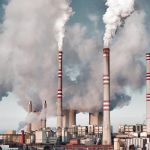Environmental economics – the study of cost-effective resource allocation, utilization, and protection– came into being when the relationship between the economy and the environment was comprehended. The primary objective was to have a minimal environmental impact while simultaneously being more beneficial to the economy.

In a nutshell, economics is basically the study of how people create, use, and dispose of products and services i.e, handle money and businesses/industries. Environmental economics is concerned with how resources are used and managed to benefit the people while addressing environmental concerns.
Environmental Economics: A Basic Understanding
Environmental issues are frequently pitted against economic issues on the political stage; environmental assets, including clean air and clean water, are sometimes seen as priceless and exempt from economic analysis. However, there is a significant overlap between the economy and the environment.
The idea of environmental economics is centered on sustainable development, market failure and externalities, environmental valuation, and approaches to ecological problems. These domains are studied using both theoretical and empirical methods. As a result, it appropriately emphasizes the relationship between the economy and the environment.
Challenges of Environmental Economics
Environmental benefits include things like having access to clean water and air, ensuring wildlife preservation, and maintaining a stable climate. Although it is difficult to set a figure on environmental goods, losing them may have a hefty cost. Overuse or destruction of environmental goods can lead to environmental degradation– ultimately leading to market failure. Typically, it is challenging to fully privatize environmental goods, which are also vulnerable to the tragedy of the commons (a circumstance in which people who have access to a shared/ public resource act selfishly and, as a result, deplete the common resource).

Due to the ongoing nature of concerns like global warming, climate change, gas emissions, etc., environmental economics has played and will continue to play a significant role. One of the most crucial elements is sustainable development or serving the demands of the present without jeopardizing the needs of the future. When people begin to take natural resources for granted, externalities that further contribute to market failure also have a significant impact on environmental economics. Environmental protection can be strengthened by recognizing the true worth of the environment and putting methods into practice to address problems at a larger scale.
Economic strategies for the environment | Environmental economics
Today, the construction of a structure or building in architecture may result in pollution, habitat loss, or deforestation, which is not a sustainable strategy. Therefore, it would be wise to employ a variety of tactics that would have little to no long-term harmful impact on the environmental conditions of a place. Environmental economists may conduct theoretical studies or experiments to determine the potential effects of particular economic policies that aim to address such issues. They may examine the costs and advantages of such programs. A variety of tactics can be used to lessen the carbon footprint and benefit the environment.

Carbon offsetting
By this method, the objective is to balance out or make up for the carbon emissions. By planting trees or starting small-scale farms, most businesses and people reduce their carbon footprint. We can assess the scope and effectiveness of this trade using carbon offset credits.
Cap and trade and Carbon tax | Environmental economics

According to this technique, businesses are allowed to emit carbon up to a specific point, after which they must pay tax on the same emissions. For instance, in some nations, businesses are only allowed to emit a maximum of one ton of carbon. However, it does not guarantee the reduction of carbon emissions, and some people even express concern that it permits large corporations to continue harming the environment and that the attempt to assign a financial value to the environment seems unethical. In an effort to protect the environment, the government levies taxes on businesses based on the amount of carbon produced. But regrettably, the extra cost is passed on to the customers, who are ultimately responsible for paying it. Consequently, businesses typically do not carry the weight.
Environmental economic policy is influenced politically by the level of permissible state action. In general, environmental economics may result in two types of policies:
Prescriptive Regulations
The government prescribes particular actions to lessen environmental harm in a prescriptive way. For instance, they can forbid industries with excessive pollution levels or mandate specific emissions-controlling technology.
Market-Based Regulations
Economic incentives are used by market-based policies to promote desirable behaviors. For instance, cap-and-trade policies impose financial penalties on polluters even if they do not forbid businesses from doing so. These incentives encourage businesses to cut their emissions without imposing any restrictions on how they do it.
These actions are merely compensatory, while the damage continues to be done. The solution is not to produce masses of carbon and then plant trees elsewhere or pay a small sum. The aim is to decrease the production of dangerous substances in general.
Conclusion | Environmental economics

Natural resource and environmental economics are a field that is expanding right now. Thus the use of alternative, renewable energy sources, proper waste disposal, effective resource allocation, and resource and energy conservation are urgently required.
Environmental economics’ importance and relevance are clear in the modern world. Given how quickly technology advances, a significant footprint is left behind. Environmental economics is important for protecting and preserving the environment and its resources. We must weigh the effects of our activities if we want to guarantee the survival of life on Earth as well as the well-being and safety of all living things.
Sources :
Team, W. (2022) Environmental economics, WallStreetMojo. Available at: https://www.wallstreetmojo.com/environmental-economics/ (Accessed: January 25, 2023).
Chen, J. (2022) Environmental economics: Definition, importance, and example, Investopedia. Investopedia. Available at: https://www.investopedia.com/terms/e/environmental-economics.asp (Accessed: January 25, 2023).
(no date) EPA. Environmental Protection Agency. Available at: https://www.epa.gov/environmental-economics#:~:text=Within%20this%20discipline%2C%20environmental%20and,effectiveness%20of%20its%20environmental%20policies. (Accessed: January 25, 2023).
Environmental economics (no date) Encyclopædia Britannica. Encyclopædia Britannica, inc. Available at: https://www.britannica.com/topic/environmental-economics (Accessed: January 25, 2023).























